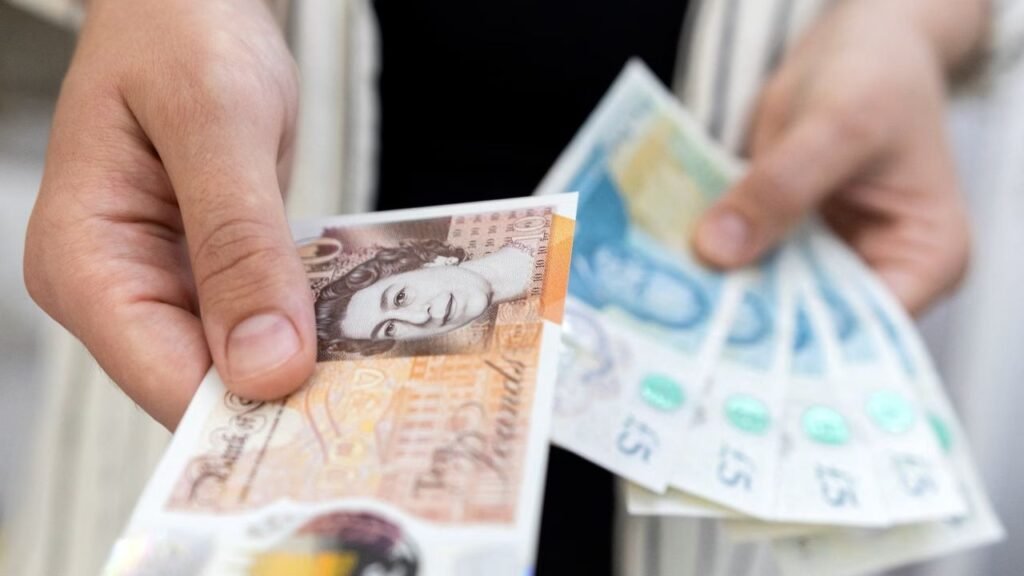In response to continued inflationary pressures and rising living expenses, the UK Government has confirmed a one-time payment of £250 to support eligible residents under the “Cost of Living Credit” scheme. The initiative, launching in June 2025, aims to help individuals and families facing hardship due to the mounting costs of essentials such as rent, fuel, groceries, and utilities.
Addressing the Realities of Daily Financial Struggles
This payment is part of a broader government effort to tackle the challenges posed by economic instability. The financial strain of rising prices has left many households vulnerable, and this credit offers a timely intervention to help bridge critical gaps. Unlike recurring benefits like Universal Credit or Pension Credit, this one-time credit is an additional financial boost designed to provide immediate relief without requiring any application.
Payout Timeline and Payment Process
Payments under the £250 Cost of Living Credit scheme will be rolled out throughout June 2025. Recipients of DWP-managed benefits such as Universal Credit, Jobseeker’s Allowance (JSA), Employment and Support Allowance (ESA), and Income Support will be the first to receive the credit. Individuals receiving Tax Credits either Child or Working Tax Credit administered by HMRC will receive their payments later in the month.
The funds will be deposited directly into beneficiaries’ bank accounts. These transactions will be marked on bank statements as “DWP COL June” or “HMRC COL June.” Payments are expected to appear between 20 June and 30 June 2025. No manual form-filling is required, ensuring the process is automatic and efficient for recipients.
Who Qualifies for the One-Off £250 Credit?

Eligibility hinges on whether a person received any of the qualifying benefits during the period from 15 January to 28 February 2025. This includes a wide range of income-based benefits such as Universal Credit, Income Support, Pension Credit, and the income-based versions of JSA and ESA.
Additionally, recipients of Working Tax Credit, Child Tax Credit, and—for the first time—Disability Benefits like Personal Independence Payment (PIP), Disability Living Allowance (DLA), and Attendance Allowance are also included in the eligibility list. However, those solely receiving contribution-based ESA or Carer’s Allowance are excluded from this particular payment.
Government Departments Handling the Distribution
The administration of the credit is shared between two main government bodies. The Department for Work and Pensions (DWP) is responsible for disbursing payments to individuals on benefits such as Universal Credit and ESA, while Her Majesty’s Revenue and Customs (HMRC) will manage payments for those on Tax Credits. This coordination ensures a wide-reaching and structured delivery of financial support to all qualifying individuals.
No Application Required for Payment
Claimants do not need to apply for the £250 Cost of Living Credit. As long as a person’s bank account details and benefit records are up to date, the payment will be processed automatically. If a bank account has changed or closed, individuals are urged to update their information promptly on the official government website or by contacting the relevant department. Each eligible household will receive a single £250 payment, regardless of the number of benefit recipients within the home.
Additional Support Measures Available
The £250 credit is part of a larger package of financial support available to UK residents in 2025. Alongside this one-off payment, other active schemes include energy bill discounts, council tax reductions, and targeted support through the Household Support Fund. Furthermore, a separate £450 payment is expected to be delivered in June 2025 under either an extended scheme or a new relief program, further cushioning families from economic challenges.
Final Thoughts on a Timely Government Intervention
As inflation continues to squeeze household budgets, the £250 Cost of Living Credit provides essential assistance to millions of people in the UK. This tax-free payment represents not only financial relief but also the government’s recognition of the ongoing cost-of-living crisis. For eligible individuals and families, this payment could offer a meaningful difference during a period of financial uncertainty. Checking benefit records, updating bank details, and staying informed on additional entitlements will ensure that all eligible recipients make the most of this opportunity.









